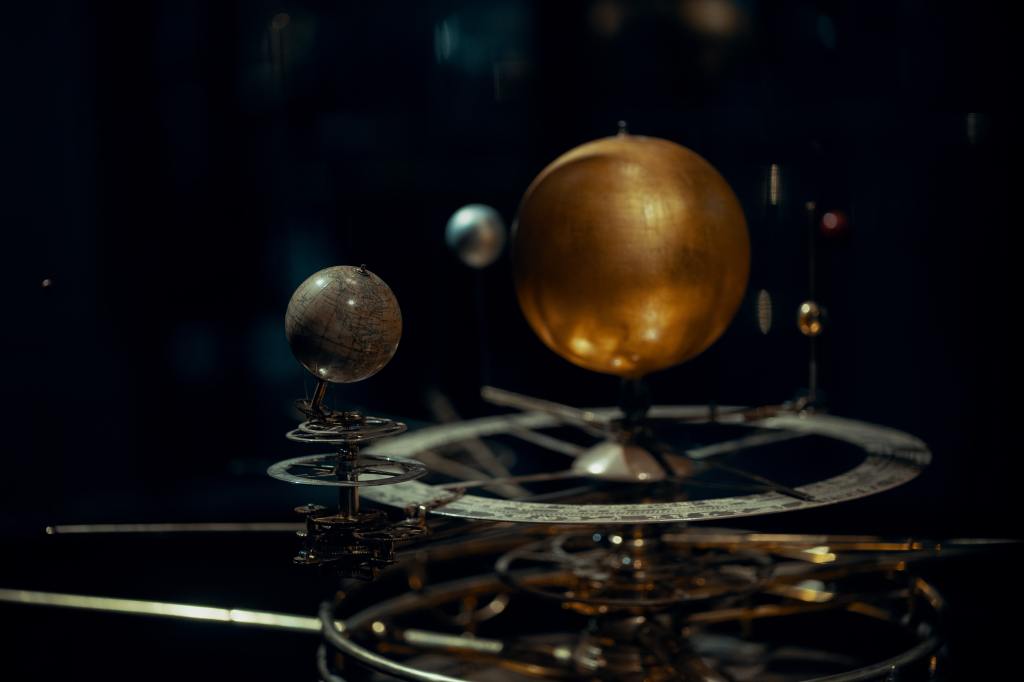
Life is hard sometimes, but never as hard as it must be to survive away from our home planet. When I’m having a tough time, I’m often drawn to stories about the challenges of life in space or on new planets, both for the perspective they provide (my workplace may be frustrating sometimes, but at least breathing isn’t rationed!), and for the reassurance that everything can be overcome, given enough time.
So here, for your consideration, are four of my favourite books that imagine the early days of humanity’s move out into the solar system and focus on the super science we’ll use to do it.
(When I picked the books for this list, I thought it’d be interesting to arrange them chronologically by the period in which each was set. It pleases me greatly that they so neatly fit together, starting only a few years from now and moving into the 24th Century. These four titles create between them a fascinating image of a slowly receding Earth that gives me a bit of a buzz).
The Martian by Andy Weir
(Set in 2035).
Mark Watney’s unplanned eighteen-month sojourn on the red planet is compelling reading and one of my most reread books. Weir writes with humour and humanity about Watney’s struggle to survive long enough to be rescued and highlights just how challenging space is (and conversely just how incredible our home planet is). What I found massively appealing about Weir’s story is how accessible he makes so much of the science. I’m not science smart, but Watney’s step-by-step “work the problem” approach to the constant barrage of issues he faces is gripping. Creating air and water, growing food, finding a way to communicate with Earth, repairing and salvaging parts and vehicles in order to travel the 2000 miles across Mars to a potential method of escape/rescue, none of which goes smoothly … Watney is a frigging spaceman hero! If you haven’t yet read this book (and I can’t imagine why you haven’t) then allow me to vigorously recommend it to you now.
Scene that sticks: when the hub blows because of an over-used airlock.
(Weir writes this kind of science-is-awesome book so well, as he’s gone onto prove with Project Hail Mary (a top read of the year so far for a few of us). So if The Martian doesn’t sound like your cup of tea, perhaps we can tempt you with a little First Contact?)
The Luna trilogy by Ian McDonald
(Set in the early 22nd Century).
Earth won’t be rescuing anyone in my next pick. McDonald’s Moon is an industrial outpost ruled by contract law. It is an incredibly permissive society, but also a brutal one. Life on Dona Luna is measured in oxygen, water, carbon and data and when you run out of these things, it’s game over.
This trilogy follows the power struggles going on between the five big lunar families: the Asamoahs, the Cortas, the Mackenzies, the Suns and the Vorontsovs, but it also explores the Moon’s dual nature as both an exploited resource and a burgeoning home. Everyone who comes to the Moon to work faces a cut-off date on which they have to decide whether to safely return to Earth or remain on the Moon, their bodies continuing to change in the lunar atmosphere until they can no longer go home at all. This having to come to terms with life in such an inhospitable environment is my favourite thing about this trilogy and I love how distinct the Moon-dwelling characters are from those on Earth.
Scene that sticks: Both Wagner’s and Lucashino and Luna’s rover experiences in Luna: Wolf Moon. So. Tense.
The House of Styx by Derek Künsken
(Set in the 2255).
This is the book that prompted this post. I loved everything about this story of a Venus colonised by Québec and a life lived in dense cloud, acid rain, intolerable heat and thick carbon dioxide above a seemingly unconquerable planet surface. Many of la colonie’s people live in bioengineered plants called trawlers, that drift through the deeper clouds harvesting electricity, oxygen and water. It’s a harsh existence in which materials, food and medical aid are rationed and everyone is in debt to the banks who’ve set up shop in the solar system.
The D’Aquillon family is our way into the story and at the heart of it. They live on the lowest rungs of Venusian society (literally and figuratively) and I lapped up every detail of their constant negotiation for survival. As in McDonald’s Luna trilogy, the characters in The House of Styx anthropomorphise their home world, portraying her as ugly and beautiful both as they battle to adapt to her moods and demands. I was so excited to read a book in which the ordinarily ignored Venus takes centre stage and I can’t wait to see where Künsken will take his series next.
Scene that sticks: The second trip down to the surface in the bathyscaphe.
2312 by Kim Stanley Robinson
(Set in 2312, obvs).
Finally, Kim Stanley Robinson’s 2312 shows us a solar system teeming with life. From sunwalking and Beethoven concerts on Mercury to recreating ice-ages and savannahs inside asteroid terrariums, people have fled their damaged, flooded home planet for the solar system. Robinson’s humanity geo-engineers other planets, moons and asteroids to create habitable environments for themselves, rather than working to adapt to different conditions and one of the images that will stay with me is that of Mercury’s capital city, Terminator, mounted on rails so that it can remain in the habitable zone just ahead of the sun.
Of the books on this list 2312 is the least interesting plot-wise. There’s a mystery that two odd characters, Swan and Wahram, investigate, and conclude successfully, but that all fades into the background in favour of exploration of some of the many habitats scattered throughout local space and a stunning visit to our still-beautiful, much-abused Earth.
Scene that sticks: Too many to count, but let’s say Swan tracking new wolves in Canada.
So, what about you? Have you read any/all of these books? Or do you have any solar system SF recommendations of your own?

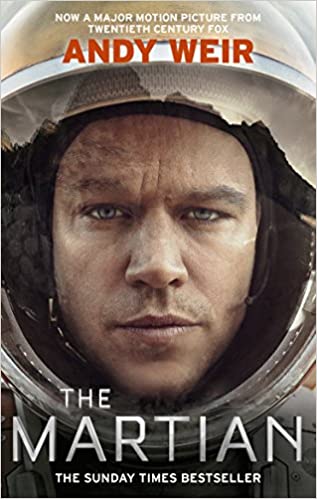
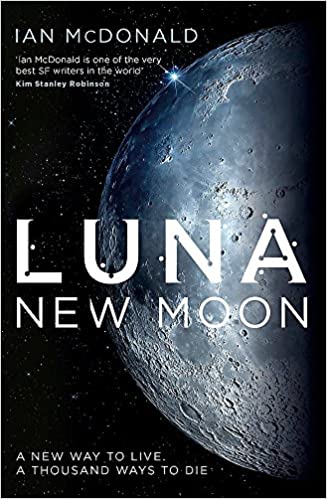
![The House of Styx (Venus Ascendant Book 1) by [Derek Künsken]](https://fanfiaddict.com/wp-content/uploads/2021/08/41gQ1HZYm-L.jpg)
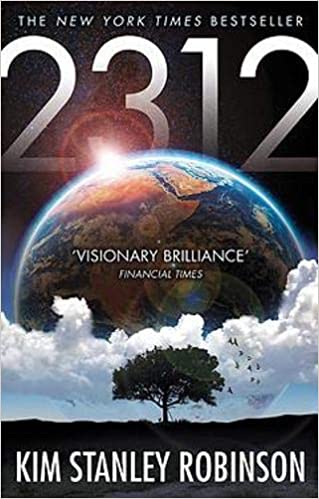

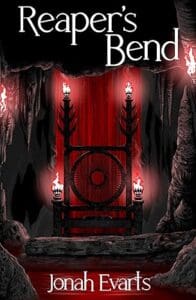

Leave a Reply